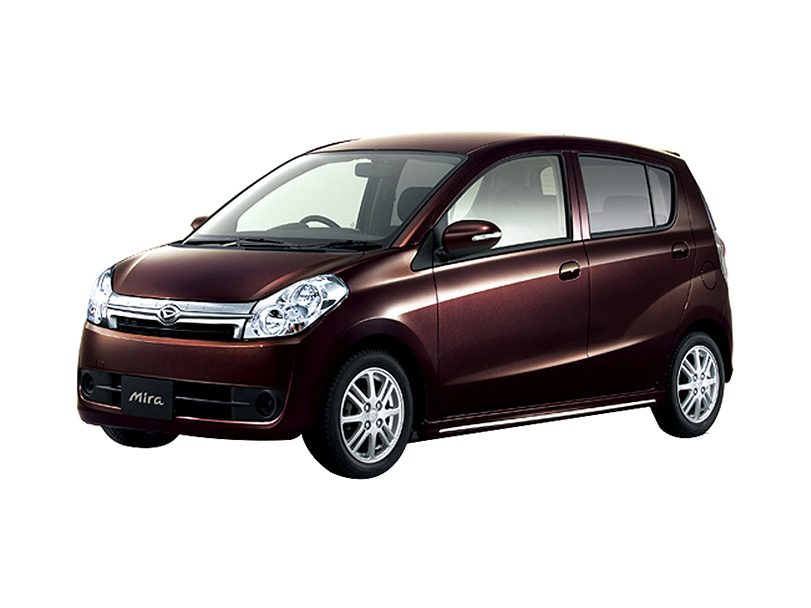Introduction
The automotive industry is undergoing a massive transformation, with electric vehicles (EVs) and smart mobility solutions leading the charge. Among the latest innovations is the Mira Car, a compact, efficient, and futuristic vehicle designed to redefine urban transportation. Whether it’s cutting-edge technology, sustainability, or affordability, the Mira Car promises to be a game-changer in the EV market.
In this article, we will explore:
- The concept and design of the Mira Car
- Its key features and technological advancements
- Performance and efficiency
- Sustainability and environmental impact
- Market positioning and competition
- The future of Mira Car and urban mobility

1. Concept and Design of the Mira Car
The Mira Car is designed with urban commuters in mind. Its compact size makes it ideal for navigating crowded city streets, while its sleek, modern aesthetics give it a futuristic appeal. The car’s design focuses on:
- Minimalist Exterior: A lightweight, aerodynamic body that maximizes efficiency.
- Smart Interior: A spacious cabin with intuitive controls, touchscreen displays, and AI-powered assistance.
- Modularity: Some versions may offer customizable interiors for different needs (e.g., ride-sharing, personal use, or cargo transport).
Unlike traditional cars, the Mira Car emphasizes connectivity and smart features, integrating seamlessly with smart city infrastructure.
2. Key Features and Technological Advancements
The Mira Car is packed with innovative technologies that set it apart from conventional vehicles:
A. Electric Powertrain & Battery Efficiency
- Fast-Charging Battery: The Mira Car supports ultra-fast charging, reaching 80% in under 30 minutes.
- Extended Range: Depending on the model, it offers 200-300 miles per charge, making it perfect for daily commutes.
- Regenerative Braking: Enhances efficiency by recovering energy during deceleration.
B. Autonomous Driving Capabilities
- Level 2-3 Autonomy: Features like adaptive cruise control, lane-keeping, and self-parking.
- AI Co-Pilot: An intelligent assistant that learns driver preferences and optimizes routes.
C. Connectivity & Smart Integration
- 5G Connectivity: Enables real-time traffic updates, over-the-air (OTA) software upgrades, and cloud-based services.
- Smartphone Integration: Full compatibility with iOS and Android for remote control, charging management, and diagnostics.
D. Safety Innovations
- 360-Degree Cameras & Sensors: For collision avoidance and blind-spot monitoring.
- Emergency Autobrake: Automatically stops the car if a pedestrian or obstacle is detected.
3. Performance and Efficiency
The Mira Car is engineered for urban agility and efficiency:
- Acceleration: 0-60 mph in under 7 seconds (varies by model).
- Top Speed: Limited to 90-100 mph for optimal battery conservation.
- Energy Consumption: One of the most efficient EVs in its class, consuming less than 250 Wh/mile.
Its small footprint allows for easy parking, and some models may even feature rotating wheels for tight maneuvers.
4. Sustainability and Environmental Impact
One of the biggest selling points of the Mira Car is its eco-friendly approach:
- Zero Emissions: Fully electric, contributing to cleaner cities.
- Recyclable Materials: The body and interior use sustainable, lightweight materials.
- Solar Roof Option: Some variants may include solar panels to extend range.
By reducing reliance on fossil fuels, the Mira Car aligns with global carbon-neutral goals.
5. Market Positioning and Competition
The Mira Car enters a competitive EV market dominated by brands like Tesla, Nissan Leaf, and BYD. However, its unique selling points include:
- Affordability: Priced competitively for mass-market adoption.
- Urban-Focused Design: Unlike bulkier EVs, it’s optimized for city driving.
- Smart Features: More integrated tech than many entry-level EVs.
Potential competitors:
- Tesla Model 2 (upcoming budget Tesla)
- Chevrolet Bolt EV
- Hyundai Kona Electric
6. The Future of Mira Car and Urban Mobility
As cities become more congested, the demand for compact, efficient, and smart vehicles will rise. The Mira Car could play a crucial role in:
- Ride-Sharing Networks: Ideal for fleets due to low maintenance costs.
- Autonomous Taxis: Future-ready for self-driving taxi services.
- Smart City Integration: Vehicle-to-infrastructure (V2I) communication for smoother traffic flow.
If successful, the Mira Car could inspire a new wave of micro-EVs tailored for urban living.

Conclusion
The Car represents the future of urban mobility—compact, smart, and sustainable. With its cutting-edge technology, impressive efficiency, and affordable pricing, it has the potential to become a favorite among city dwellers. As the world shifts toward greener transportation, innovations like the Mira Car will lead the way, making our cities cleaner and commutes smarter.
Would you drive a Car? The future of urban driving is here, and it looks electrifying!

